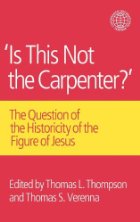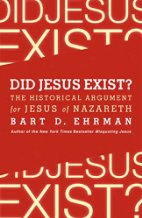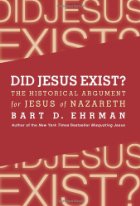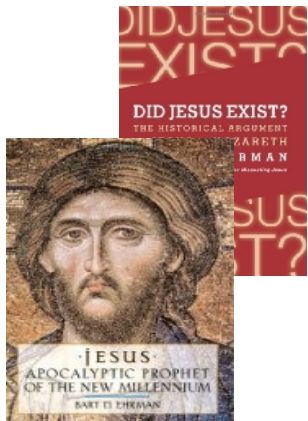 Robert Price includes a packed selection of arguments commonly raised to affirm Paul’s awareness of the teachings of Jesus along with the counterarguments. Little of this is new to many readers, but it seems appropriate to list the details as a sequel to my previous post that covered the main thrust of his argument in his chapter in ‘Is This Not the Carpenter?’
Robert Price includes a packed selection of arguments commonly raised to affirm Paul’s awareness of the teachings of Jesus along with the counterarguments. Little of this is new to many readers, but it seems appropriate to list the details as a sequel to my previous post that covered the main thrust of his argument in his chapter in ‘Is This Not the Carpenter?’
But first, I’ll cover the evidence he piles up in response to two reasons often given to explain why we don’t find explicit references to Jesus’ life and teaching in the letters. Price is collating these from G. A. Wells’ The Jesus of the Early Christians. (As Earl Doherty has further noted, the argument becomes even stronger when it is realized it applies not only to Paul’s writings but to the entire corpus of New Testament epistles.)
Jesus’ biographical details were irrelevant to the matters that happened to arise in occasional letters
Although I have encountered this assertion many times I have never seen it demonstrated. Without demonstration the statement becomes a mere brushing-aside of a serious question.
On the other hand, one readily finds cases raised that do support the counter-claim. Price several the following from Wells’ early book. It’s easy to make a list of these here as I do below, but that is only for the sake of information. What really counts is some way to test the alternative hypotheses. Before reading the list it is a good idea to do two things.
- One, think through what one would expect to find in the data IF there were oral traditions making the rounds that relayed what Jesus was supposed to have said and done.
- Two, think through what we would expect IF sayings were imputed to Jesus by various churches to add authority to their customs or teachings. (This was the conclusion of form critics like Rudolf Bultmann.)
In other words, ask what each hypothesis predicts we will find. It’s a while since I’ve posted on Richard Carrier’s Bayesian theory and when I resume (I still hope to resume posting on his book) the next post will discuss the importance of testing the hypotheses that oppose your own. The best way to strengthen your own argument, Carrier points out, is to demonstrate the inadequacies of those of your opponents. (This, by the way, is one reason I am slow on the uptake with theories of Christian origins that are heavy on proofs or arguments for their own point of view but almost totally ignore alternative explanations. Think of the caricature of the boy who looks only for hints that a girl likes him but ignores all evidence that points to a different state of affairs.)
So it always pays to be slightly more generous to the arguments for the side you are against if you want to demonstrate their comparative inadequacy to your own. Of course, there is always a risk that you’ll end up not being quite so dogmatic for one point of view as when you started, but life is full of risks.
The following points are from Price’s/Wells’ list. Presentation and commentary are my own. Continue reading “The historical Jesus in Paul? For and (mostly) Against”











